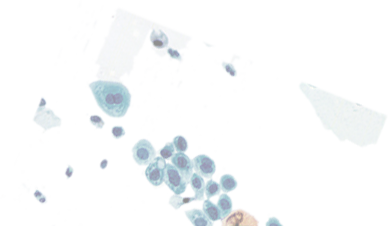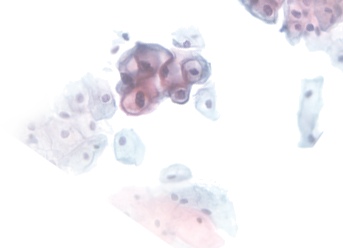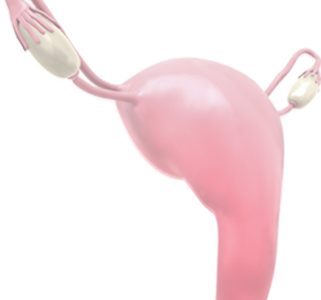DYSPLASIA CLINIC
The Dysplasia Clinic are special office hours set aside for patients with abnormal pap smears. Depending on the severity testing and re-testing may be every 3-6 months and will usually include a COLPOSCOPY.
The results of the usual pap smear includes a result noted as:
PAP II, III, IIID or IV
depending on the cellular changes seen by the pathologist.
The “D” in IIID denotes dysplasia which is a sign of cellular changes usually caused by the human papilloma virus (HPV).
This is significant because a few of the more than 80 different HPV viruses can cause severe changes that can lead to cervical cancer. Today it is possible to do specific testing for the high risk HPV types. When this virus is present the Pap smear is repeated more often and a colposcopy is performed, often with a biopsy and an endocervical curettage.
These procedures usually cause little or no discomfort other than some slight bleeding. However the material gained at biopsy is extremely helpful in determining the further treatment plan. These results are noted by the pathologist depending on the severity of changes as reactive or as a cervical intraepithelial neoplasia (CIN) that is further subdivided in I, II and III. Guidelines recommend close observation for CIN I and CIN II. The last category CIN III indicates severe changes and is removed by conisation (LEEP Procedure or by laser vaporisation). This is usually an outpatient procedure in which a funnel shaped portion of the cervix is removed and serves as a further diagnostic procedure and treatment of the dysplasia.







